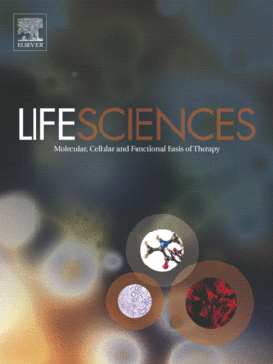“The G-protein-coupled chemokine receptor, CXCR4, generates signals that lead to cell migration, cell proliferation, and other survival mechanisms which result in the metastatic spread of primary tumor cells to distal organs.
Numerous studies have demonstrated that CXCR4 can form homodimers, or can heterodimerize with other GPCRs to form receptor complexes that can amplify or decrease the signaling capacity of each individual receptor.
Using biophysical and biochemical approaches, we found that CXCR4 can form an induced heterodimer with cannabinoid receptor 2 (CB2) in human breast and prostate cancer cells.
Simultaneous, agonist-dependent activation of CXCR4 and CB2 resulted in reduced CXCR4-mediated expression of phosphorylated ERK1/2, and ultimately, reduced cancer cell functions such as calcium mobilization and cellular chemotaxis.
Given that treatment with cannabinoids has been shown to reduce invasiveness of cancer cells, as well as CXCR4-mediated migration of immune cells, it is therefore plausible that CXCR4 signaling can be silenced through a physical heterodimeric association with CB2, thereby inhibiting subsequent functions of CXCR4.
Taken together, the data illustrates a mechanism by which the cannabinoid system can negatively modulate CXCR4 receptor function, and perhaps, tumor progression.”



